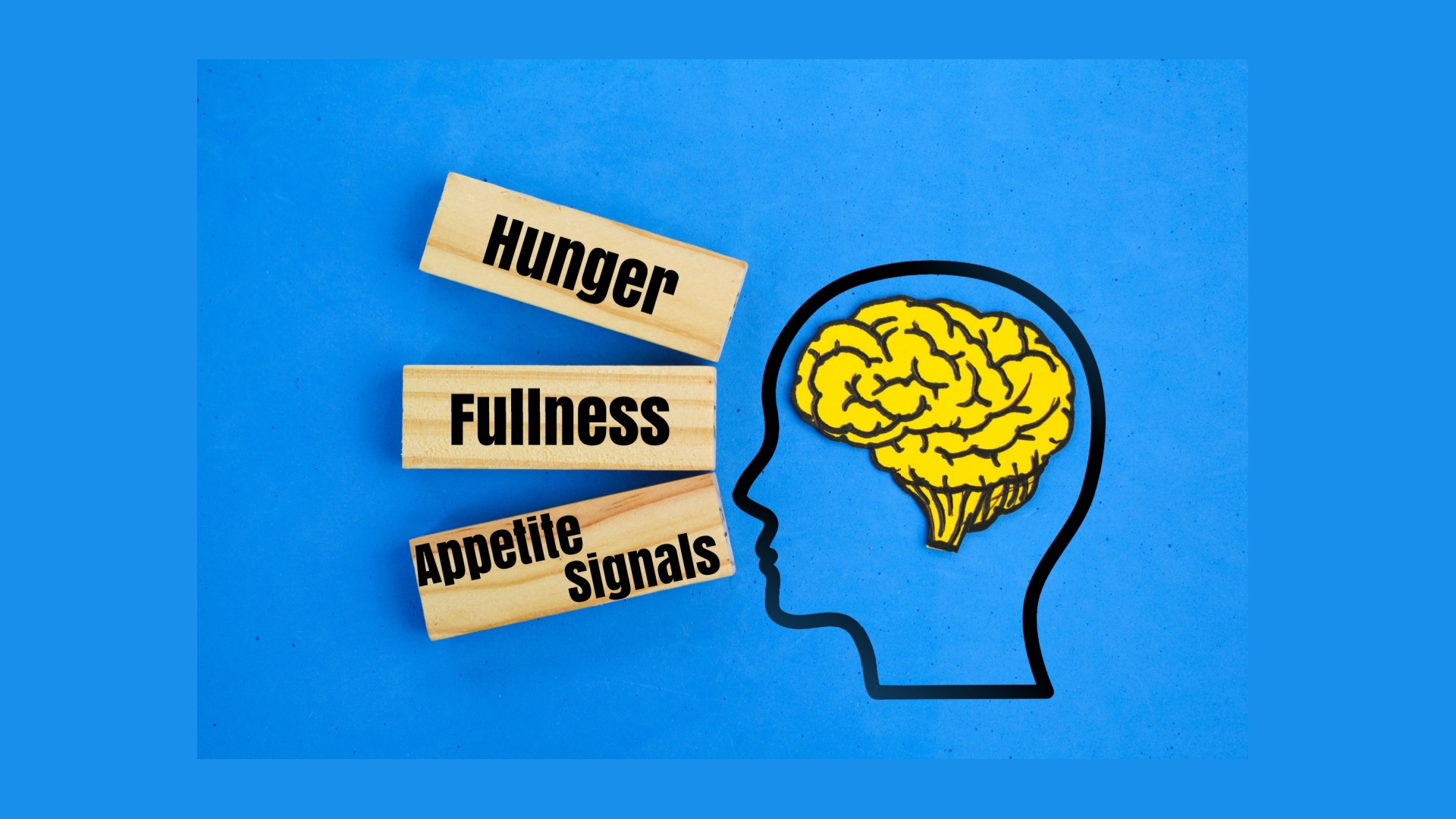
Hunger is not a singular alarm bell—it’s a chorus of chemical whispers. The brain’s hypothalamus acts as a conductor, interpreting signals from hormones, neurotransmitters, and nutrient levels. When glucose dips or fat stores signal depletion, the brain triggers cravings long before your stomach growls. This primal system evolved to prevent starvation, but modern diets—high in sugar, low in fiber—hijack its logic. Processed foods flood the brain with dopamine, blurring the line between survival and addiction. Even your microbiome joins the conversation, sending gut-derived peptides that sway cravings toward specific foods. Hunger is less about emptiness and more about orchestrated biology.
Ghrelin Builds in Silence, Then Demands to Be Heard
Ghrelin, the hunger hormone, peaks before meals and drops after eating—but disrupt its rhythm, and chaos follows. Skipping breakfast elevates ghrelin by 30%, priming you for impulsive snacking. Chronic dieters develop ghrelin resistance, where the hormone screams louder but the brain hears less. Sleep deprivation compounds this: just four hours of restless sleep spikes ghrelin by 28%, making midnight carb binges almost inevitable. Ghrelin doesn’t just demand food—it amplifies memory of past meals. Ever dream of pizza after a fast? That’s ghrelin rewiring your reward centers. To quiet it, prioritize protein at breakfast—studies show eggs reduce ghrelin spikes more effectively than bagels.
Leptin Says You’re Full—But Only If the Brain Is Still Listening
Leptin, released by fat cells, should signal satiety. Yet obesity often correlates with leptin resistance—like a mailbox stuffed with unread letters. High fructose diets impair leptin’s ability to cross the blood-brain barrier, leaving the hypothalamus unaware of stored energy. Inflammation compounds this: cytokines from processed foods block leptin receptors. The result? You eat, but the “stop” signal never arrives. Restoring leptin sensitivity requires more than willpower—sleeping 7-9 hours lowers inflammatory markers, while omega-3s (think salmon, walnuts) repair cellular communication. Without these fixes, leptin’s voice drowns in metabolic noise.
Insulin Helps Glucose—But Also Helps Tell You to Slow Down
Insulin’s role extends beyond blood sugar regulation—it partners with leptin to curb appetite. After a meal, insulin rises, escorting glucose into cells while whispering “enough” to the brain. But insulin resistance—common in high-sugar diets—muffles this message. Cells ignore glucose, so insulin stays elevated, locking fat in storage and leaving the brain hungry. Paradoxically, you crave more sugar to fix the crash you caused. Breaking this cycle demands balancing macros: pairing carbs with fiber or protein blunts insulin spikes. Vinegar before meals improves insulin sensitivity, studies show—a splash of apple cider vinegar might steady the rollercoaster.
CCK Rises With Fat and Protein—But Fades Fast With Sugar
Cholecystokinin (CCK), released by the small intestine, promotes fullness by slowing digestion. Fatty acids and amino acids trigger CCK, which binds to vagus nerve receptors, relaying calm to the brain. Yet sugar bypasses this system—it’s absorbed too quickly, leaving CCK silent. A candy bar sparks a dopamine rush but no satiety, so hunger resurfaces within an hour. To leverage CCK, include healthy fats (avocado, nuts) or slow-digesting proteins (casein, legumes) in meals. Even chewing thoroughly boosts CCK release—your body needs time to register nourishment.
Peptide YY Stays Longer—But Only If Meals Feel Balanced
Peptide YY (PYY), secreted post-meal by the colon, sustains fullness for hours. High-protein meals elevate PYY most effectively—think grilled chicken over pasta. Fiber also stimulates PYY: a spinach salad with chickpeas keeps hunger at bay longer than a muffin. But chronic stress suppresses PYY, as cortisol prioritizes quick energy over sustained satiety. Mindful eating—pausing between bites—enhances PYY response by signaling safety to the nervous system. Without this, meals become frantic fuel grabs, leaving PYY sidelined.
GLP-1 Slows Digestion and Calms the Appetite Center
Glucagon-like peptide-1 (GLP-1) is the unsung hero of appetite control. Released when nutrients hit the lower intestine, it slows gastric emptying, stabilizes blood sugar, and directly inhibits hunger neurons. Processed foods sabotage GLP-1—they’re absorbed too early in the gut, skipping the GLP-1 trigger. Whole foods, especially fermented ones (kimchi, kefir), enhance GLP-1 production. Newer weight-loss drugs mimic GLP-1, but lifestyle tweaks—like eating slowly—can naturally boost levels.
Cortisol Interrupts Fullness—By Preparing the Body to Store
Cortisol, the stress hormone, evolved to prioritize survival over satisfaction. When elevated, it suppresses leptin, spikes insulin, and amplifies cravings for energy-dense foods. Chronic stress creates a metabolic paradox: you store belly fat while feeling perpetually hungry. Combat this with adaptogens (ashwagandha lowers cortisol by 28% in trials) or rhythmic breathing—six breaths per minute synchronizes heart rate variability, signaling safety to the hypothalamus. Without stress management, cortisol hijacks appetite chemistry.
Estrogen Keeps Appetite Steady—Until It Starts to Fade
Estrogen enhances leptin sensitivity and suppresses ghrelin, creating appetite stability—until perimenopause. Declining estrogen disrupts this balance, triggering late-night cravings and insulin resistance. Women often gain visceral fat despite unchanged diets. Phytoestrogens (flaxseeds, soy) can mitigate this by weakly binding estrogen receptors, while strength training preserves metabolic flexibility. It’s not a lack of discipline—it’s hormonal turbulence demanding tailored solutions.
Appetite Is a Conversation—Not a Signal
Hunger is a dialogue between organs, hormones, and environment. Micronutrient deficiencies (zinc, magnesium) distort these signals, as does dehydration—often mistaken for hunger. Artificial sweeteners confuse the brain by divorcing sweetness from calories, triggering compensatory eating. To reset the conversation, focus on nutrient density: a kale salad with pumpkin seeds addresses magnesium and zinc needs while stabilizing glucose. Appetite isn’t a flaw—it’s a language. Learn its grammar, and cravings translate into actionable clues.
